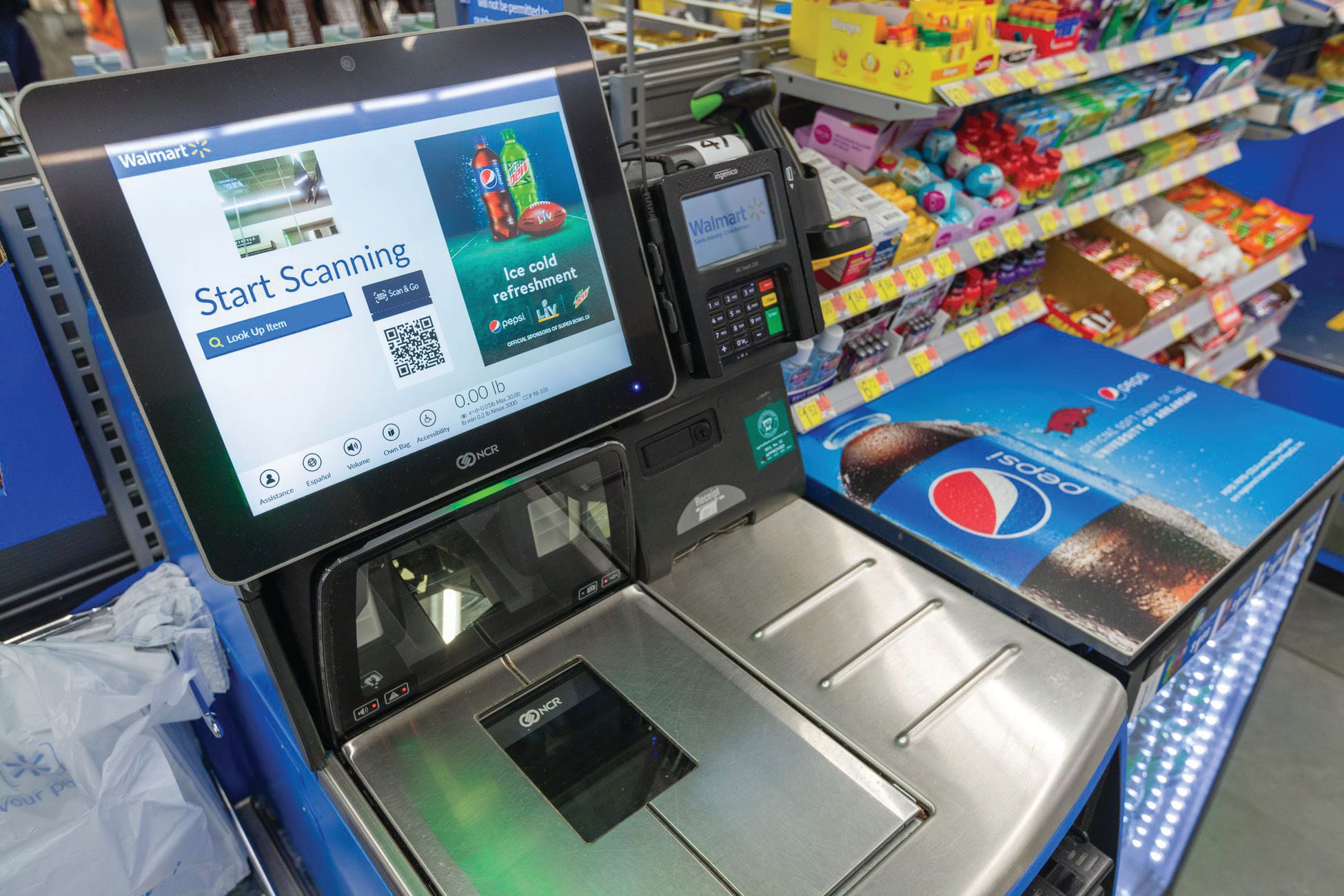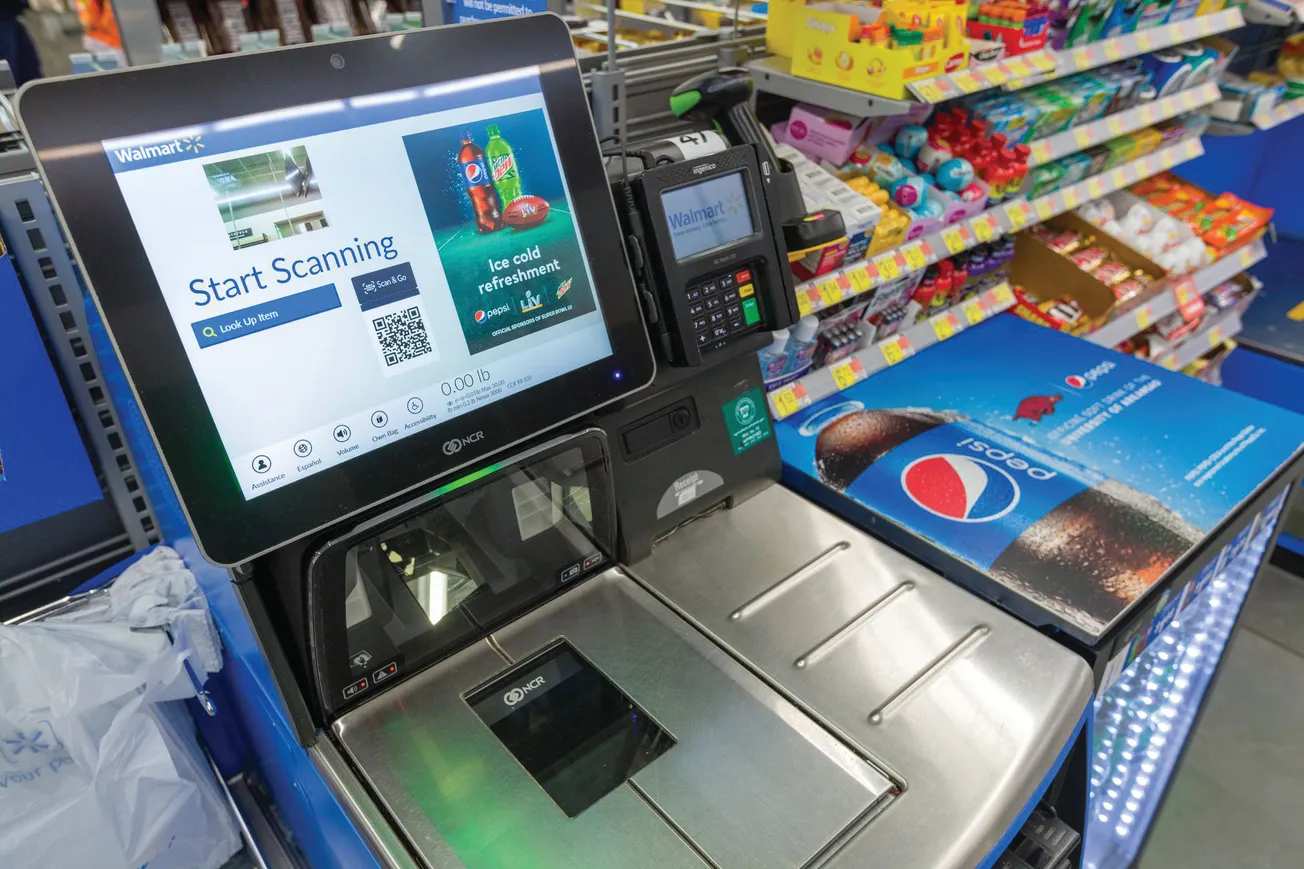No topic in the world can get more lost in misunderstood jargon than when media team and customer teams for a supplier try to work together on a joint business plan. Acronyms abound in both functions and (candidly) too often different sides of this conversation try to set the agenda by making the work they do seem more analytic or advanced than it actually is by obscuring it in technical vocabulary and acronyms.

Bryan Gildenberg
To that end, Confluencer Commerce offers a relatively simple “what does retail media actually do” 2×2 framework, aimed at both helping those new to the media ecosystem gain an understanding and providing a lowest common denominator to help brands understand the benefits of partnering with a retailer’s RMN (retail media network).
The framework revolves around two simple concepts:
• Where the media is being seen by the consumer — on-platform or off-platform.
• What the media network is providing the brand — an audience and/or a converted sale.
Pairing each of these two things gives you four effective ways to frame an RMN planning conversation.
On-Platform Audiences: Traffic
Commercial teams have cared about store traffic forever, and have used all sorts of techniques to drive “audiences” (shoppers) into the retailer’s “platform” (stores) long before retail media or the internet were invented. The key difference today is that the audience isn’t just valuable when they buy products (we’ll tackle this when we talk about converted sales in a minute) but as a group of people receiving brand messaging. Retailers are going to increasingly want to understand their traffic at a higher level of granularity to allow advertisers to more specifically target advertising.
For most retailers their brick-and-mortar “audience size” is markedly larger than their online traffic. This underscores the critical importance of in-store media to the retail media ecosystem.
That traffic will be valuable demographically (which is why retailers like Walmart keep emphasizing their higher-income shopper base — that’s a pitch to advertisers as well as a narrative on shoppers) but also behaviorally. Today a retailer like Kroger can serve up literally millions of micro-audiences defined by shopper behavior, not just demographics, to allow advertisers to more precisely target their messaging. In fact, it seems like Kroger’s capabilities have outstripped the advertising community’s ability to deliver targeted creative to audiences that granularly defined.

Conclusions:
• The sheer quantity of in-store/online traffic will be one of the measures retailers use to evaluate brands — Being a traffic driver will need to be more granularly proven. Phrases from the digital media ecosystem like DAU/MAU (Daily or Monthly Average Users) and “unique visitors” (the number of different individuals, rather than trips) will become part of the parlance of joint business plans as goals for brands to help retailers achieve at a category level.
• The quality of an audience will bring more than conceptual importance — Brands have forever sold the notion of “bringing a new consumer” to retailers. Again, being able to prove this will have more monetization value than ever to retailers.
• “Reach” — Traffic is a reasonable proxy for reach in the advertising world, and it is critical for commercial teams to understand how embedded reach is as a measure of advertising efficiency. Selling things is often less important to advertisers than achieving the fundamental objective of advertising, which is effectively messaging the right people as cheaply as possible.
On-Platform Conversion: Sales
Fortunately, selling things is still important, and becoming a bigger part of the media ecosystem. The key question from a retail media point of view will be a familiar conversation to anyone who has ever tried to evaluate a promotion, which is “how incremental were the sales we drove?” The most common phrase in digital media for evaluating effectiveness, ROAS (Return on Ad Spend — a simple linear metric of amount spent versus sales driven) to iROAS (incremental ROAS — how much new spend did the ad really drive?).
Promotional analytics have always tried to understand two critical things:
• The degree to which the consumer buying the promoted item would have bought it anyway (brand loyalists who buy regularly) — the phrase NTB or New-to-Brand shoppers will become a bigger part of planning objectives as a way to help understand the incrementality of advertising.
• The degree to which a promotion simply pulls forward volume that would have been bought at a later date — right now digital advertising isn’t very good at evaluating this.
The other key component driving sales at shelf that retail media will increasingly incorporate is in-stocks. A number of third-party providers today are tapping into retailer availability data from the e-commerce ecosystem to either facilitate conversion from an off-platform ad (like Instagram or TikTok) or to understand in-stock rates to bring advertising spend down when a product is out of stock in a particular area.
Conclusions:
• Incrementality is a question commercial and media teams should be solving together — each brings a piece of the solution to the table and they will make more progress solving it together than in isolation. RGM (revenue growth management) teams and digital media teams should be regularly assessing how incrementality is calculated to set an organizational standard.
• Out-of-stocks will cost a retailer not just sales but advertising revenue — this may force are-evaluation of minimum order quantities/optimal inventory levels as well as on-shelf assortment (a retailer may find a narrower assortment with more shelf holding power generates more ad revenue than a broad one that is frequently out of stock).
Off-Platform Sales: Measurement
A significant part of the value a retail media network brings to an advertiser is the concept of “closed-loop measurement” or the ability to trace a shopper through the purchase journey to link the advertising to their individual purchase. This is particularly true as the data ecosystem in the media world has been disrupted by both Google’s potential elimination of cookies as an advertising tracking tool and Apple’s changes to activity tracking on their phones, which has made personalized marketing on Facebook less effective. The critical thing for commercial teams to understand is that there is significant media spend that has been disrupted looking for the “provability” that the retailer first-party data ecosystem can provide.
Conclusions:
• Analytics teams will be deployed to tie this data to broader purchase journey analytics to assess advertising effectiveness more precisely.
• Pressure will come from advertisers for retailers to provide more granular and transparent sales metrics that go beyond what commercial teams have needed to optimize promotional and shelving planning.
Off-Platform Audiences: Attractiveness
To a media buyer audiences are their lingua franca — simply put, it’s the people they’re trying to reach. Media audiences have one of three attributes:
• Big — Brands tend to have their own definition of who they want to talk to, and a large audience allows a brand to bring its own predefined parameters to that audience and reach them effectively.
• Distinctive — Sometimes an entire audience can be interesting enough to simply use for a brand as a target, like if an organic cheese brand in the northeastern U.S. were trying to win new shoppers, the people who shop Wegmans regularly would be a great audience to target. Most often the quality of an audience isn’t driven by the whole audience but by the quality of “signals” — indicators that suggest that group of shoppers is more likely to respond to advertising.
• Cheap — An audience that isn’t big or distinctive is essentially a commodity and will be bought via automated auctions for relatively low cost.
So what does “quality of signal” mean for retail media “attractiveness?” Simply put, it uses the available information in the retail ecosystem to help a brand target off-platform advertising (advertising anywhere that isn’t in the retailer’s digital ecosystem). Media buyers love to buy more relevant audiences since it allows them to reach the same number of effective eyeballs more cost effectively.
Selling audiences is a specific skill set, and a number of retailers have begun to partner with third parties like the Trade Desk (Walmart and Albertsons notably) to monetize their retail media proposition this way.
Conclusions:
• Of the four areas, this is the one furthest removed from the conventional commercial joint business plan. Retailers will be working with the media teams at brands to target advertising more effectively based on what they know.
• Retailers will be able to use these signals to sell advertising to “non-endemic advertisers” who can use retailer information to sell advertising more effectively. A travel company would be very interested in someone buying a suitcase, for instance … this type of advertising might both compete with brands that sell through retailers for advertising space, and over time run the risk of cluttering the shopping experience with extraneous messaging. Brands will need to work with retailers to optimize this versus disrupting the shopper’s purchase journey.
Bryan Gildenberg is founder and chief executive officer of Confluencer Commerce. He can be contacted at bryang@confluencercommerce.com.









